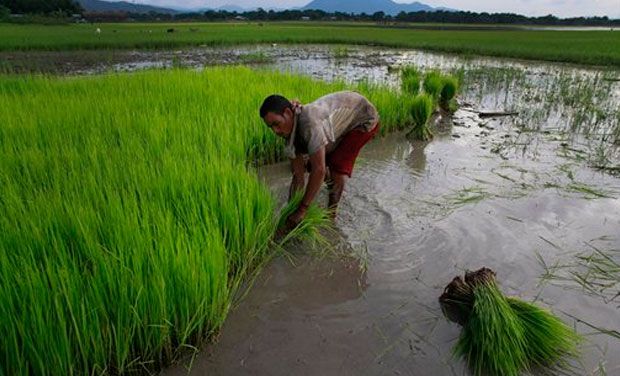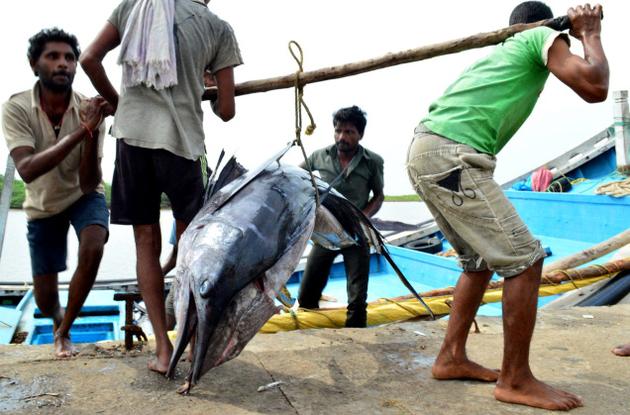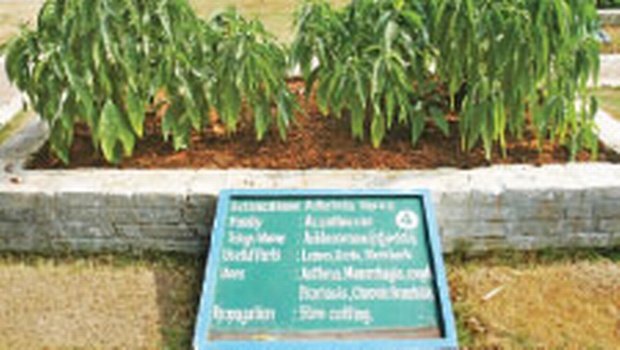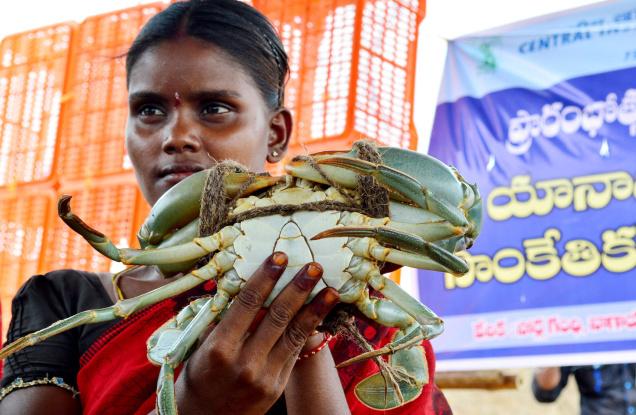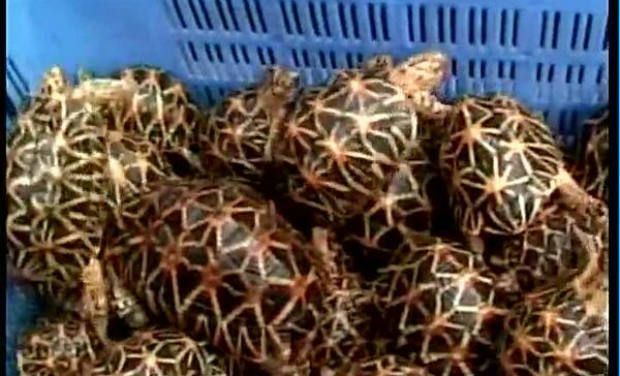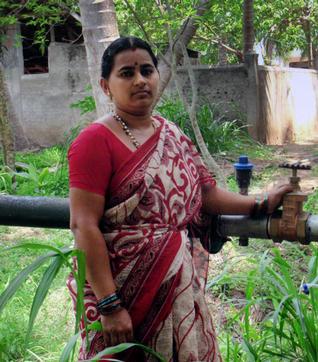
Garimella Mythili Subrahmanyam, a woman from a traditional Brahmin family, is making strides in the field of farming by using innovation to the fullest. Ms. Mythili, a native of Kotivari Agrharam in Amabjipet mandal of East Godavari district in Andhra Pradesh, completed her graduation and entered farming as a result of adverse circumstances. She has also completed her diploma in computer education.
Having cultivated coconut in about 2 acres of land in the village, Ms. Mythili started thinking of out-of-box ways to improve yield and revenue. As a first step, she bought a cow which met the requirement of her family for milk and curd, thereby reducing cost.
As the cow used to give only two litres of milk per day, she replaced it with another that gave better yield. At present, she has four cows and three calves.
While increasing the number of cattle, she simultaneously focused on gobar bio-gas plant, which has reduced the cost of purchasing cooking gas. She was also instrumental in encouraging more than 80 farmers to install bio-gas plants in their backyards. “I was presented an award for using cow urine to produce bio-gas. We made an arrangement in our backyard whereby the cow urine directly flows into a tank,” she told The Hindu.
Ms. Mythili has also received the International Society of Extension Education Award in the past.
She was here at International Crops Research Institute for Semi Arid Tropics (ICRISAT) to receive an award from Director General William Dar for her innovative practices in farming.
Ms. Mythili is cultivating four varieties of grass in her coconut farm, a rare practice. She also supplies grass seeds to farmers who approach her and explains how they can cultivate it in the fields.
“I love cows as they serve humanity better than many animals. We can continue farming depending on cows rather than on pesticides and fertilizers,” she says.
source: http://www.thehindu.com / The Hindu / Home> News> Cities> Hyderabad / by R. Avadhani / Patancheru (Medak District) – September 16th, 2014
